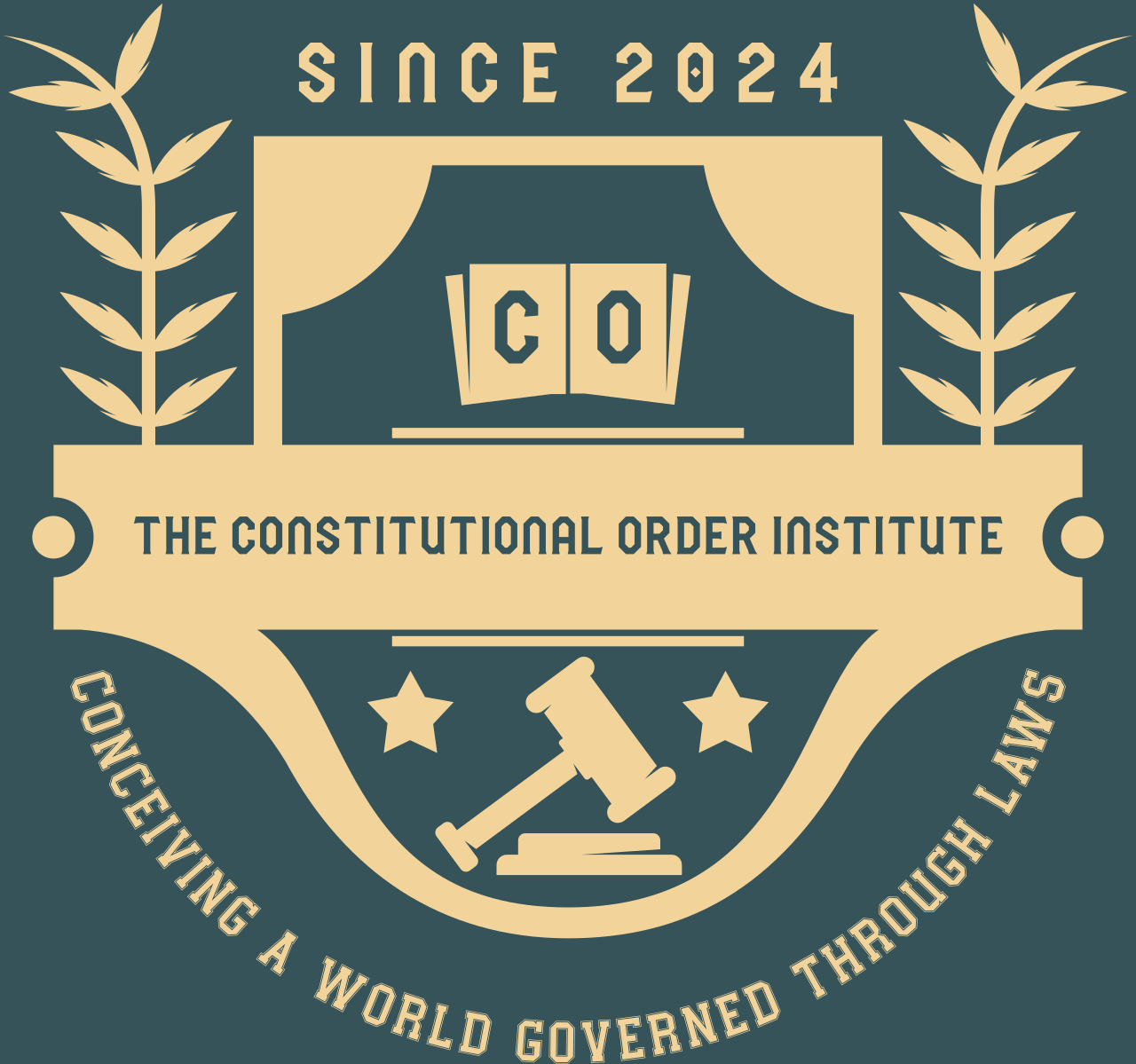Call us now:
Theory
“There is no subject more interesting to every man than the subject of government. His security, be he rich or poor, and, in a great measure, his prosperity, is connected therewith; it is, therefore, his interest, as well as his duty, to make himself acquainted with its principles, and what the practice ought to be.”
—Thomas Paine
What is state?
We perceive the “state,” as living—albeit artificial—organism which intakes taxation (nutrients) and legitimacy(oxygen) to sustain and thrive. Indeed, like an organism, state comprises multiple institutions and quasi-institutions—each tasked to perform specialized functions. For example, border protection agencies—resembling skin—prevent harmful agents from entering the state. The intelligence directorate, the armed forces, and the police act as immune systems which defend states against internal and external threats. The legislatures sanction funds (just as hearts pump blood), investigate/impeach rogue officials (just as kidneys remove waste) and make laws—call them pharmaceutical enterprises—that manufacture medicines. The courts interpret laws—much the same way labs test validity/purity of drugs—while the executives transport and administer laws (medicines) to whomever and wherever needed.
What is conflict?
Conflict resembles disease for it similarly dysfunctions state institutions. In popular parlance, dysfunction of at least one institution may appropriately be called as authoritarianism. Keep it in mind, that authoritarianism, like plague or COVID-19, can be endemic, epidemic or pandemic. In today’s world, it is all pandemic.
What is war?
At best, war is a symptom which stems out of conflict (dysfunctional state institutions). Other symptoms may include corruption, brain-drain, poverty, terrorism, war, and national debts.
What is law?
Law equals medicine. Just as medicine is of four types, so is law:
Preventive: strengthens the immune system which fights off microbes before they attack. In a state, a republican constitution neutralizes conflict even before it forms. In other words, constitution acts like a vaccine.
Curative: cures diseases after they are formed. Within states, constitutional amendments act as curative medicines which address (quasi)-institutional conflicts post-formation.
Palliative: contains symptoms such as paracetamol relieves fever. Here bi and multilateral treaties resemble palliative frameworks. They don’t eradicate conflict(s) but prevent violence for a while. Some notable examples include the Kellog-Briand Pact (1928); the UN Charter (1945), Human Rights Treaties; the Arms Control Treaties; and the Rome Statute 2002 establishing the International Criminal Court.
Rehabilitative: a form of physiatry which focuses on holistic care and pain management. In international system, the UN peacekeeping forces are a prime example of this sort. Yet more and perhaps a different arrangement is necessary to keep peace globally.
